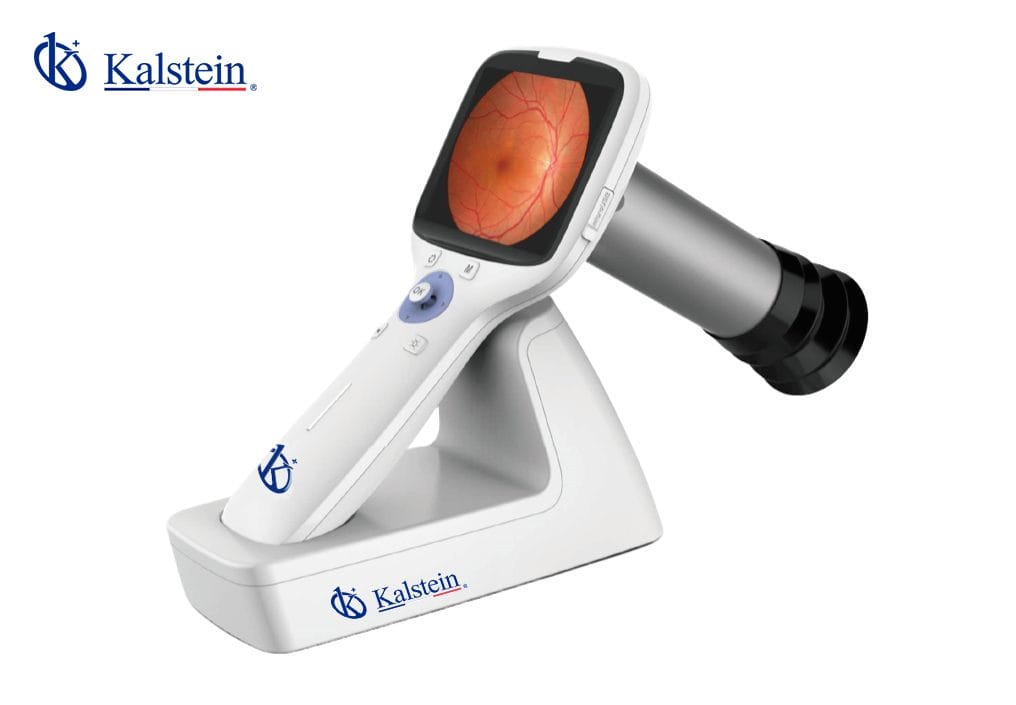The thermal cycler or thermal sequencer is a device that allows polymerase chain reaction (PCR) efficiently and quickly, by automatic and cyclic realization of the temperature changes that are required for the amplification of a deoxyribonucleic acid chain ( DNA), from a thermostable enzyme.
The thermal cyclers are used for qualitative amplifications or to quantify the amount of amplified DNA. The results of these amplification techniques have a substantial impact on our society, so it must be ensured that the thermo-clamps are accurate, accurate and uniform, in order to obtain reliable results.
The development of the idea to put it into practice was the work of a peculiar Californian biochemist and surfer named Kary Mullis in 1983. This methodology is commonly used in medical and biological research laboratories, with a wide variety of applications, including, the detection of gene expression and inherited diseases, the identification of genetic traces, gene cloning, paternity tests, DNA computing and the diagnosis of infectious diseases.
What is a PCR?
PCR allows a small number of DNA molecules to be amplified many times, exponentially. This methodology is commonly used in medical and biological research laboratories, with a wide variety of applications, including the detection of gene expression and hereditary diseases, the identification of genetic fingerprints, gene cloning, paternity tests , DNA computing and the diagnosis of infectious diseases.
What does this team consist of?
The most common model consists of an electrical resistance block that distributes a homogeneous temperature through a plate during times that can be programmable, usually with temperature ranges from 4 ° C to 96 ° C where denaturation, hybridization and extension of A molecule of DNA.
What happens inside the thermal cycler?
The first step is denaturation, which occurs in the first cycle. From there go to the following cycles to separate strands formed. While this occurs the temperature ranges between 94 and 98 º C. This process takes at least about 10 seconds.
The second step consists in the alignment of the primers in the thread of the mold to be amplified. The passage lasts about 20 seconds and its temperature can become variable. This occurs because it depends mostly on the primers used in this operation. The primers are small sequences of 20 nucleotides in which tests with simple sugars are used. In many cases glucose is part of it, the temperature used for this type of tests ranges between 55 and 65 º C, although some can reach 72 º C. This is the temperature suitable for working with Taq polymerase.
The third step is the elongation of the double strand of 20 pairs which has been created in the previous step. The elongation time should not be more than one minute per kilobase. This means that they are about a thousand bases of the gene that you want to amplify. It is recommended for short sequences about 4 Kb maximum.
After this step it is very likely to return to the first 98 ° C for about 10 seconds and then repeat the cycle between 30 and 45 times more. After these 3 steps, one more heat step is added, at least about 72 degrees for at least 7 minutes. This is necessary to be able to discourage strands of DNA from primers and polymerase. After that, it goes to a cold passage that goes between a temperature of 15 and 4 º C to keep the sample in perfect condition until the moment in which it is requested.
In Kalstein we offer you an excellent range of thermal cyclers ranging from economical options to the most advanced technology equipment, recognized for their reliability, accuracy and ease of use, so we invite you to take a look at our thermal cyclers available at HERE




